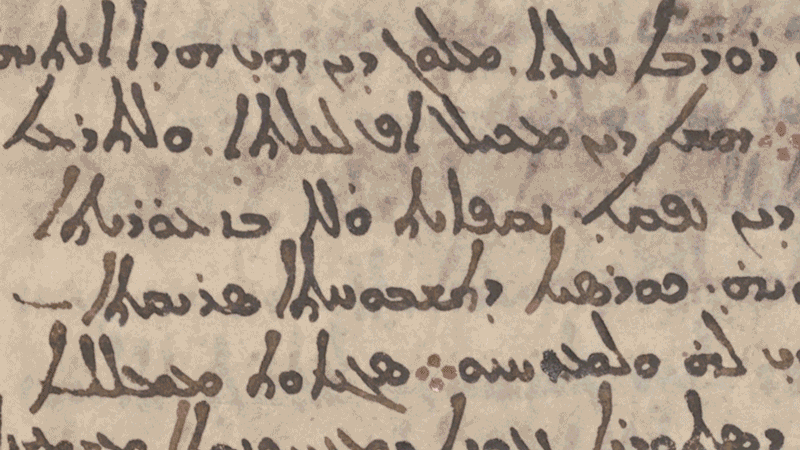The World’s Oldest Map of the Stars, Lost for Thousands of Years, Has Been Found in the Pages of a Medieval Parchment

It was believed to be lost throughout the ages, and yet, for centuries, many have had it before their eyes without noticing it.
A palimpsest, a parchment on which medieval monks rewrote by erasing the first text, has revealed a fragment of the star catalog of Hipparchus, a Greek astronomer of the IIe century BC.
Biblical manuscripts from the monastery of Saint Catherine of Sinai
Few written traces from the hand of the Greek scholar have come down to us. His works and their importance are known thanks to Ptolemy, another Greek scholar who lived three centuries later. It is to Ptolemy that we owe an important geography of the Mediterranean world and the oldest complete catalog of astronomy until then. The discovery made by British and French researchers from the CNRS and Sorbonne University, and published in the specialized journal Journal for the History of Astronomy Tuesday, October 18, changes the situation.
By passing several pages of a set known as the “Codex Climaci Rescriptus” to multispectral imagery, the scientists realized that this codex contained part of the celestial maps of Hipparchus. These palimpsests come from the Orthodox Monastery of Saint Catherine of Sinai, Egypt. They were kept in Cambridge, UK for a long time before they were eventually acquired by the Museum of the Bible in Washington, USA.
Older and more accurate sky mapping
The most recent writing on the folios corresponds to biblical accounts dated to the IXe or Xe century. Beneath these black letters in Syriac, others had been scraped off but remained visible: Aramaic and Greek texts, from the Old and New Testaments, and dated between the VIe and the VIIIe century. Looking more closely at these half-erased texts, surprise! Some of it is in no way biblical. It concerns observations of the sky and is much older. These are coordinates for the Corona Borealis, a constellation visible in the northern hemisphere. The specialists are formal: the notation corresponds to that of Hipparque, who was the first to attempt to establish a cartography of the celestial vault.
By redoing the calculations to represent the night sky as it must have been two centuries BC, the scientists discovered an accuracy of the order of one degree for the position of the stars of this constellation. This precision, remarkable for the time, is greater than that of Ptolemy’s catalog of stars, three hundred years later. Hipparchus could have benefited from the observations of the Babylonians, to which he would have added Greek mathematical rigor.
Researchers will now sift through other Codex pages and other manuscripts from the Monastery of St. Catherine of Sinai for more fragments of this ancient celestial cartography. For historians, this discovery also illustrates the vast possibilities of finds in the thousands of existing palimpsests.












